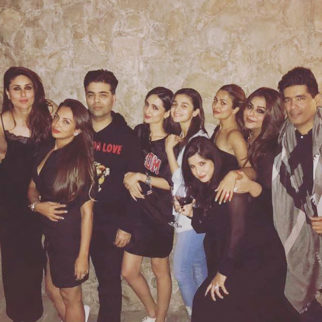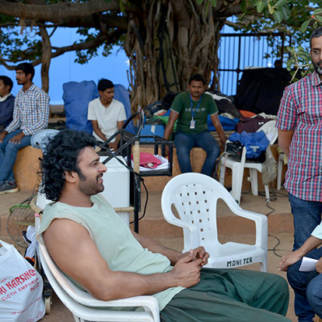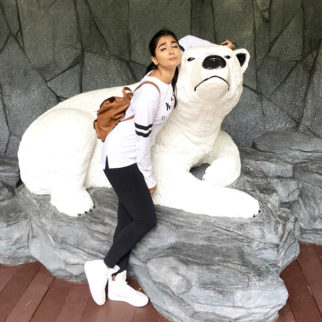Pixion accomplishes VFX for ‘I Hate You (Like I Love You)’ song in Delhi Belly
-
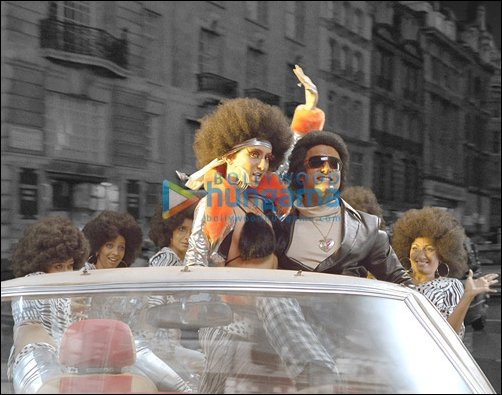 Abhinav Deo’s Delhi Belly, has managed to silence its scornful critics with the enormous response it has garnered along with its collections in the box-office. One of the most important factors in the successful production’s contribution, is the visual effects which was executed by the notorious, Pixion Studios. Headed by Prasad Sutar, Read More">VFX supervisor ofRead More
Abhinav Deo’s Delhi Belly, has managed to silence its scornful critics with the enormous response it has garnered along with its collections in the box-office. One of the most important factors in the successful production’s contribution, is the visual effects which was executed by the notorious, Pixion Studios. Headed by Prasad Sutar, Read More">VFX supervisor ofRead MoreAbhinav Deo's Delhi Belly, has managed to silence its scornful critics with the enormous response it has garnered along with its collections in the box-office. One of the most important factors in the successful production's contribution, is the visual effects which was executed by the notorious, Pixion Studios. Headed by Prasad Sutar, VFX supervisor of Delhi Belly that was received by the firm as a 4K resolution project, where-in the team delivered two hundred VFX shots seamlessly. With most of the visual effects work comprising of a song in the concluding sequence in which, the multi-faceted Aamir Khan performs to the humorous number titled, 'I Hate You (Like I Love You)'. To achieve the vision with this sequence, compositing lead Ranadheer Reddy and all the senior compositors of Pixion Studios were involved on working on the concluding sequence of the film. Bollywood Hungama brings you a behind the scene making on the concluding song 'I Hate You (Like I Love You)' from the humorously roaring, Delhi Belly.
-
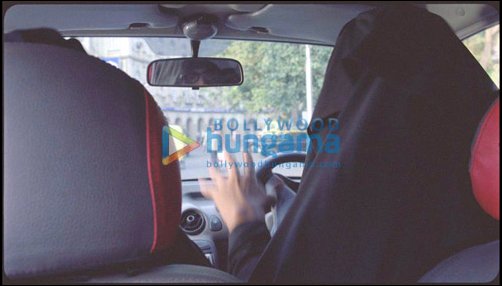 Additional CG and Compositing Work In addition to the song sequence, the film also required certain visual element replacements like the chase sequence above. Although the film revolves around Delhi a few scenes were shot in Mumbai, in these shots elements like Mumbai taxis were replaced digitally with cars. Apart from digital clean-ups and replacements, Read More">Read More
Additional CG and Compositing Work In addition to the song sequence, the film also required certain visual element replacements like the chase sequence above. Although the film revolves around Delhi a few scenes were shot in Mumbai, in these shots elements like Mumbai taxis were replaced digitally with cars. Apart from digital clean-ups and replacements, Read More">Read MoreAdditional CG and Compositing Work
In addition to the song sequence, the film also required certain visual element replacements like the chase sequence above. Although the film revolves around Delhi a few scenes were shot in Mumbai, in these shots elements like Mumbai taxis were replaced digitally with cars. Apart from digital clean-ups and replacements, various other CG work was included like, digitally creating gun-fire flashes in action sequences better known as muzzle flashes, rag doll animation and television picture-in-picture better known as PIPs. A PIP is basically digitally adding footage onto a visible television screen, or a computer monitor that is visible on the screen space.

-
 Challenges of a ‘Delhi Belly‘ Pixion Studios has accomplished post-production services on the majority films meted out by Bollywood like Golmaal 3, Toonpur Ka Superrhero, Read More">Once Upon A Time In Mumbaai and with the makers of Delhi Belly turning to the infamous VFX house for its creative expertise. Talking about being put to the testRead More
Challenges of a ‘Delhi Belly‘ Pixion Studios has accomplished post-production services on the majority films meted out by Bollywood like Golmaal 3, Toonpur Ka Superrhero, Read More">Once Upon A Time In Mumbaai and with the makers of Delhi Belly turning to the infamous VFX house for its creative expertise. Talking about being put to the testRead MoreChallenges of a 'Delhi Belly'
Pixion Studios has accomplished post-production services on the majority films meted out by Bollywood like Golmaal 3, Toonpur Ka Superrhero, Once Upon A Time In Mumbaai and with the makers of Delhi Belly turning to the infamous VFX house for its creative expertise. Talking about being put to the test with a musical, Prasad Sutar says, "The dropped the bombshell, when we heard Aamir Khan would be performing on a disco item number for the movie. This was one of the most exciting moments for us. The song sequence, was one of the main attractions in the film that augmented the hilarity of the story, we had to ensure spectacular progress on the work done every sequence and combine a song that would amuse the audience relentlessly."



-
 War Background The team at Pixion Studios received a brief from Abhinav to create backdrops of war for the song sequence. The idea was to present the sequence similar song sequences from the 60s and the 70s era. To achieve this, Read More">the team at Pixion researched on war footage backgrounds of that era to getRead More
War Background The team at Pixion Studios received a brief from Abhinav to create backdrops of war for the song sequence. The idea was to present the sequence similar song sequences from the 60s and the 70s era. To achieve this, Read More">the team at Pixion researched on war footage backgrounds of that era to getRead MoreWar Background
The team at Pixion Studios received a brief from Abhinav to create backdrops of war for the song sequence. The idea was to present the sequence similar song sequences from the 60s and the 70s era. To achieve this, the team at Pixion researched on war footage backgrounds of that era to get the look right. The entire sequence was shot completely on chroma backgrounds.

